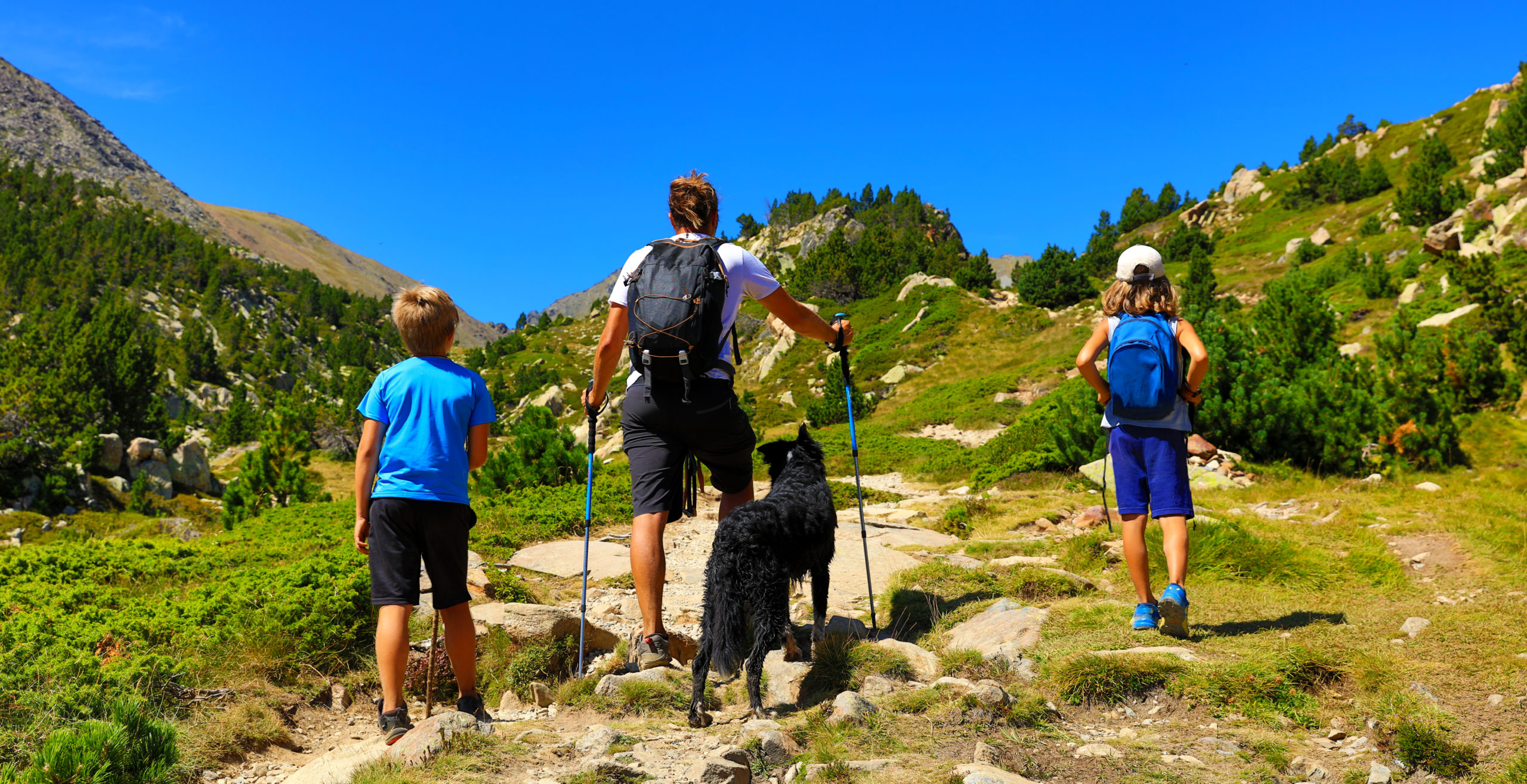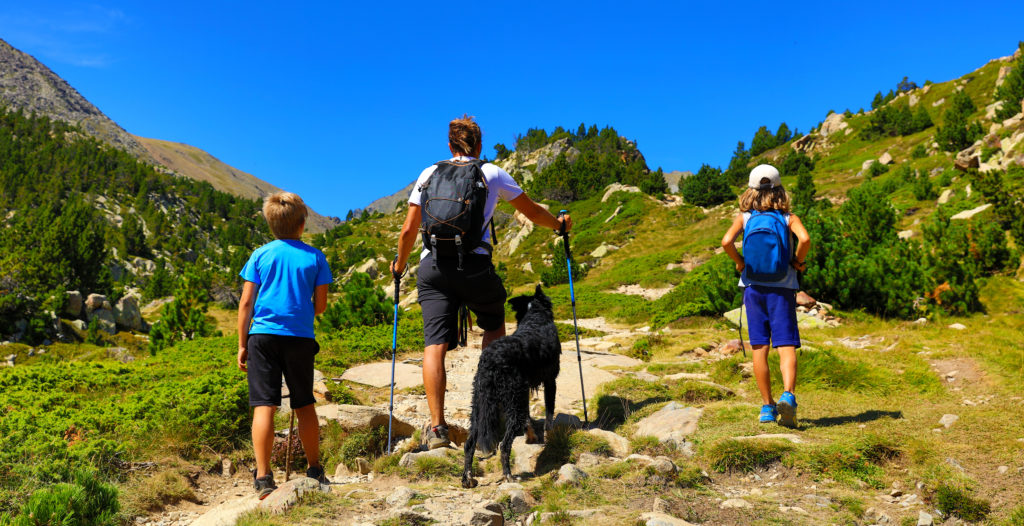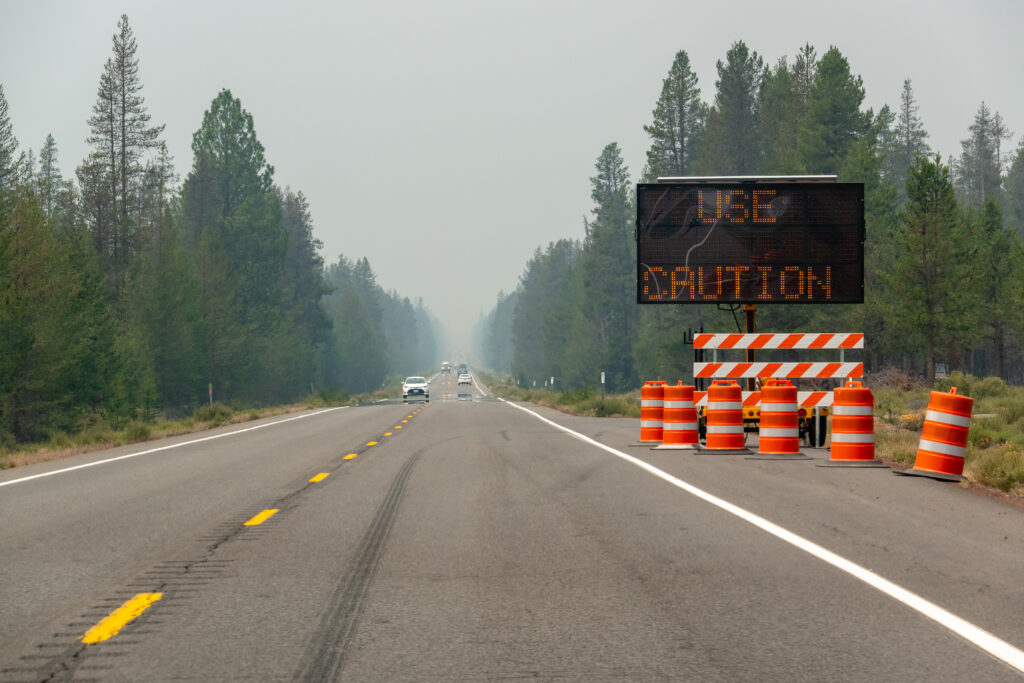Contributor Dr. Elise Herman
One of the biggest factors in human health is the environment. Underlining this importance, the United Nations entities issued a joint statement in 2021 recognizing the “right to a safe, clean, healthy and sustainable environment” for all people. An unhealthy environment may include water pollution, air pollution, chemical exposures, loss of biodiversity, and the effects of climate change such as wildfires. There are more than 12 million deaths globally each year attributed to unhealthy environments according to the Office of Disease Prevention and Health Promotion. These deaths disproportionately affect lower income individuals, children, and impoverished populations. Children are more affected by environmental issues because they have greater exposure to air pollution, water pollution, toxins, etc. in proportion to their body weight than adults.
Causes of air pollution include the burning of fossil fuels (such as coal, oil, and gasoline), industrial emissions, wildfires, and the open burning of garbage. Air pollution causes a variety of lung diseases as well as allergies. It is considered the most significant environmental risk factor and is blamed for about 7 million deaths worldwide each year. Three hundred million children worldwide routinely breathe air considered to be toxic.
Water pollutants include industrial waste, agricultural runoff, microplastics, sewage, and waste that filters out of landfills. According to the World Health Organization, about 2 billion people have no choice but to use water polluted by human excrement, causing hepatitis A, cholera, and other diseases.
As land development increases with loss of open spaces and wilderness, wildlife and people are forced closer to each other. This proximity results in increased risk of zoonotic diseases (diseases which can travel from animals to humans). Examples of zoonotic diseases include rabies, HIV/ AIDS, and COVID-19. Climate change also puts more stress on animal habitats, contributing to this problem.
The benefits of a healthy environment are clear not just on physical health but also on mental and emotional well-being. Access to open green spaces and nature has been shown to help reduce stress, depression, anxiety, and mood disorders. These ‘open spaces’ can include wilderness like a forest or mountain, but a green city park or a path by a river also count.

Here in Kittitas County, we are fortunate to live in a beautiful location with clean water, (usually) clean air, and access to open space. The most significant problem locally has been intermittent air pollution from wildfires. We also have the excellent Kittitas County Public Health Department to surveil and manage environmental health issues.
Keeping in mind that human consumption is a huge contributor of harm to the environment, we can make a difference in our valley and beyond by taking simple steps:
- Drive less, consider walking or biking, when possible, instead.
- Turn your thermostat down in winter, and up in the summer if you use air-conditioning.
- Buy in bulk when you can; avoid products that use a lot of packaging, especially plastic.
- Avoid single use plastic bags; bring your own reusable bags for produce and other shopping.
- Create a vegetable garden with your child or take part in a CSA (Consumer Supported Agriculture, where you can ‘subscribe’ to get produce from a local farm).
- Learn to say “no” to unneeded, cheaply made toys and other goods (often plastic) which are giveaways or very inexpensive but will quickly be tossed in the garbage.
- Purchase less clothing in general, and buy clothes from consignment shops/ secondhand stores, either brick and mortar or on-line (such as Poshmark and Thred Up)
- Compost kitchen and yard waste.
- Recycle properly; be familiar with what can and cannot be recycled locally.
- Conserve electricity by using LED light bulbs, sealing air leaks around windows and doors, and turning off lights when not needed.
- Be mindful of water use.
- Buy local and avoid home delivery of goods when possible.
- Eat produce in-season and from local growers- local farmers’ markets are terrific for this!
- Use a reusable water bottle; avoid single use plastic water bottles and cups.
Discuss these steps as a family and brainstorm other ways to help protect our environment.
more about The contributor

Dr. Elise Herman
Dr. Herman is passionate about community health outreach, school programs, and child/family health and wellness. She has more than 31 years of experience as a pediatrician in Ellensburg, Washington, the last 3 with KVH Pediatrics. In 2022 Dr. Herman mostly retired from practice and continues to contribute blog posts and remain a visible advocate for kids in the community.

